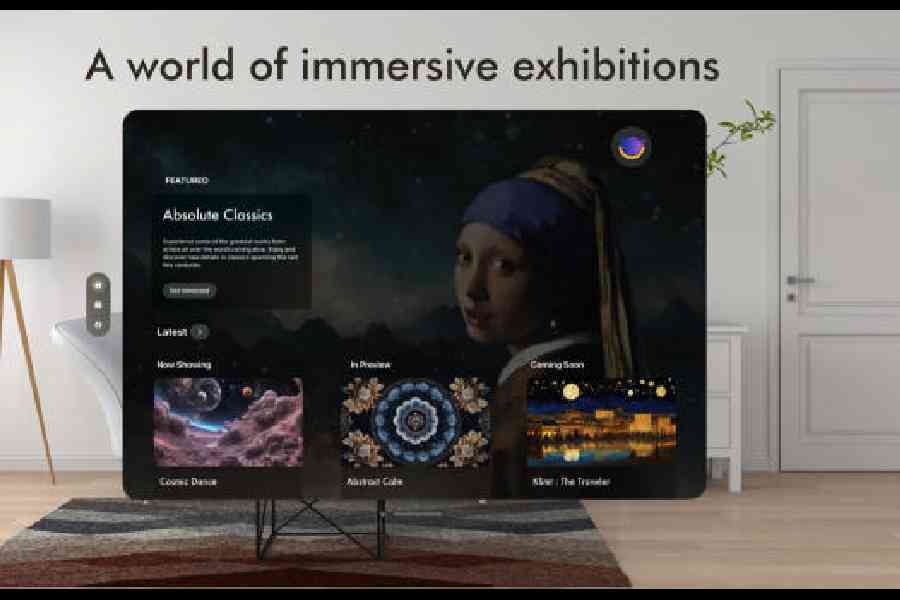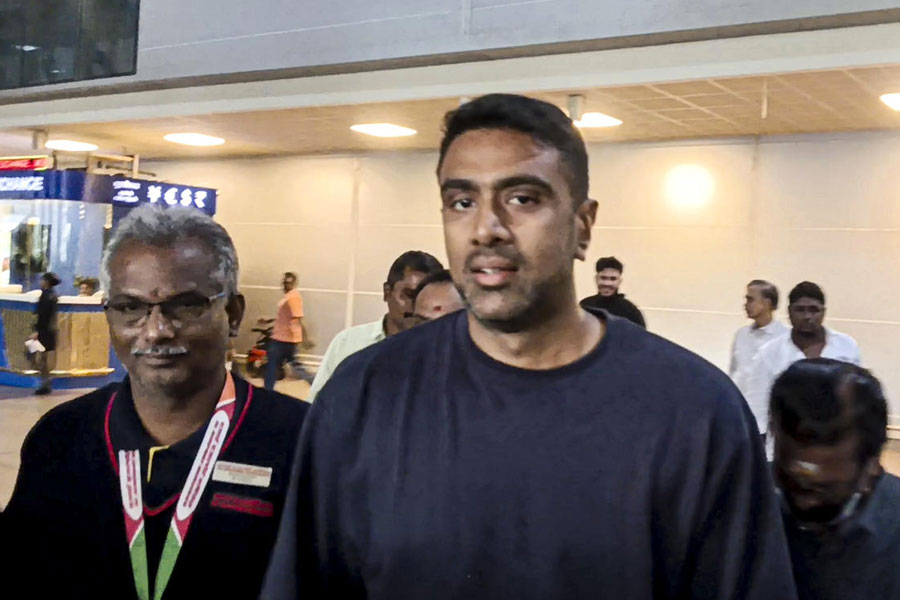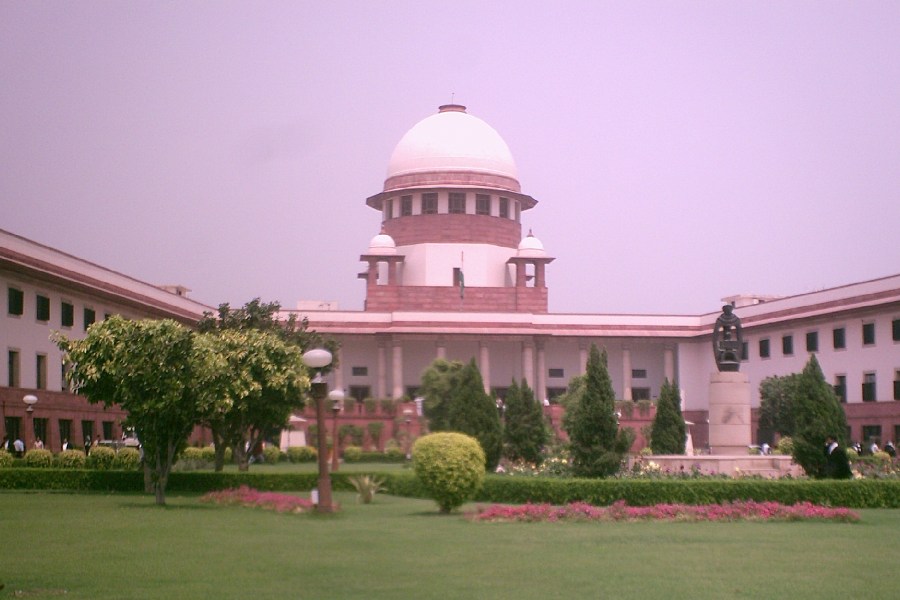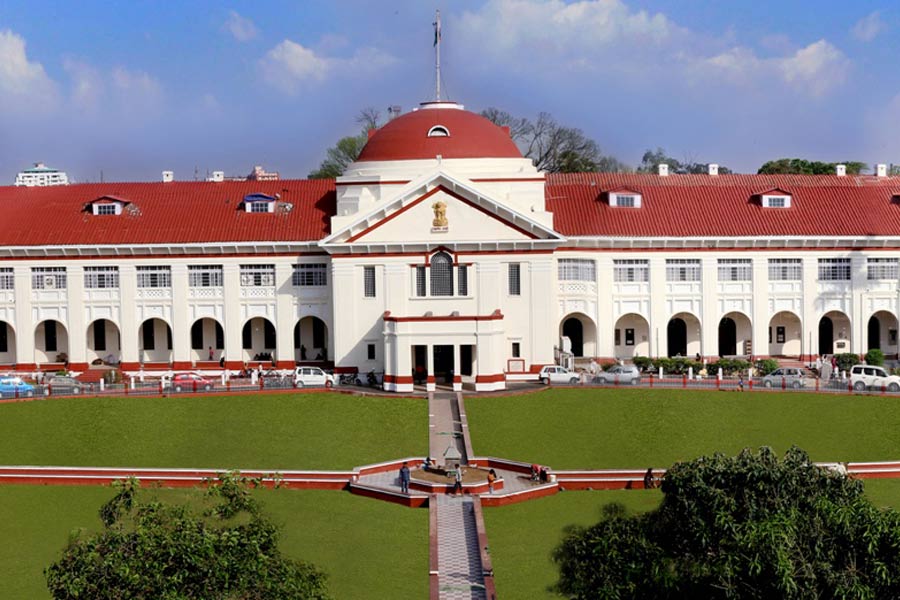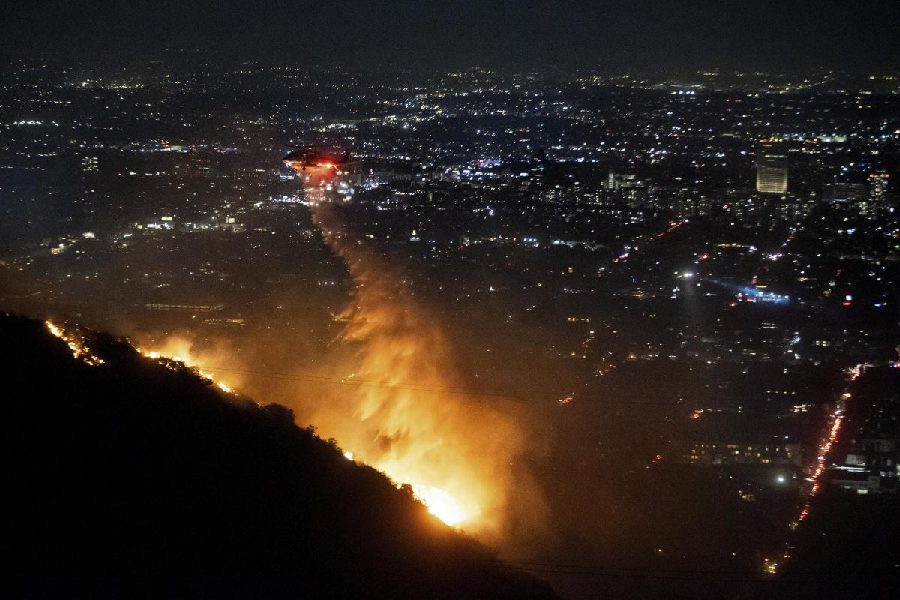Eyebrows were raised when Daniel Birnbaum stepped down as director of Moderna Museet — home to art by Pablo Picasso and Salvador Dalí — in Stockholm, Sweden, in 2018 to join a virtual reality (VR) start-up called Acute Art. A change was taking place and in the process questions about curation, conservation and commercial value were being raised.
The VR game has taken a serious turn with Apple launching its Vision Pro (AVP) spatial computing headset, which offers an extension of the company’s familiar design language and is presently shaping its app ecosystem.
Take the case of Mahou, one of the few applications from India to support Apple’s headset natively. The app, created by Aditya Ganguly, allows you to experience immersive art exhibitions from the comfort of your home.
“For museums, the entire immersive/interactive art trend provides an opportunity to be not just centres of culture but also of a new form of cultural entertainment. With devices like AVP, you could have, say, an experience dedicated to Rabindranath Tagore, wherein you don’t just see his work or read about it but are guided by a lifelike rendition of him guiding you through the museum and telling you about his work, with AI answering any queries you would have. And this is just the tip of the iceberg,” Ganguly tells The Telegraph.
Each exhibition on Mahou has a high replay value. It can last 10-15 minutes, depending on user preference. At launch, there is Abstract Calm (a calming experience with abstract art and patterns in motion), Cosmic Dance (themed on space, presented in a dome-like structure) and Absolute Classics (including Johannes Vermeer, Hilma af Klint, Leonardo da Vinci, Anna Palm de Rosa, Claude Monet and Hokusai).
The Delhi-based Ganguly, who runs a tight ship of five people, found inspiration when he visited exhibitions like TeamLab (in Tokyo and Osaka) and Arte M (Hong Kong). He first experienced VR in 2015 in the Netherlands on an Oculus development kit and has been part of the industry “one way or another since then”.
“When I got an opportunity to try out the Vision Pro in a lab conducted by Apple Singapore in November, I had the idea for Mahou (at that time the project didn’t have a name) already at the back of my head but when I actually tried the AVP, I realised, based on the rendering capabilities and clarity that the device has, that this was a great fit for bringing large scale immersive art exhibitions on a virtual platform,” he says.
Many digital artists want to explore the immersive art space, like the Calcutta-based Varun Desai, who showcased a unique take on “digital reality” at the India Art Fair last year. He has been using Apple LiDar scanning in his art and hopes to take it further with the Vision Pro.
Desai says, “Things such as sculpting and 360° images, video and even audio when paired with Apple Spatial Audio become much more intuitive to create because you’re already building within an immersive environment. It’s like a visual studio of an endless size is at your disposal.”
Several companies are trying to capture the immersive art space. The London-based digital Acute Art has been dabbling in VR as well as augmented reality with projects such as Ho Tzu Nyen, Hilma af Klint and Mark Leckey. A mention should also be made of Anish Kapoor’s “Into Yourself, Fall”, an early attempt in this space. Jordan Wolfson, known for sculpture, installation and photography, turned up with “Real Violence” at the 2017 Whitney Biennial with its graphic depiction of the artist attacking a stranger on the street. Jon Rafman’s “View of Pariser Platz” has depicted Berlin Square being eaten up by an apocalyptic explosion.
Ganguly appears serious about taking India to the global stage. “There are so many art styles in India, especially traditional ones that are ripe and ready to be picked up for immersive/interactive experiences. We have been in discussions with a few Indian artists but, of course, the more the merrier. In Japan, you have this set of islands known as art islands where you go just to experience art from different old and contemporary artists. I would love to see such destinations of our own supplemented by this new layer of immersion and interaction,” he sums up.

